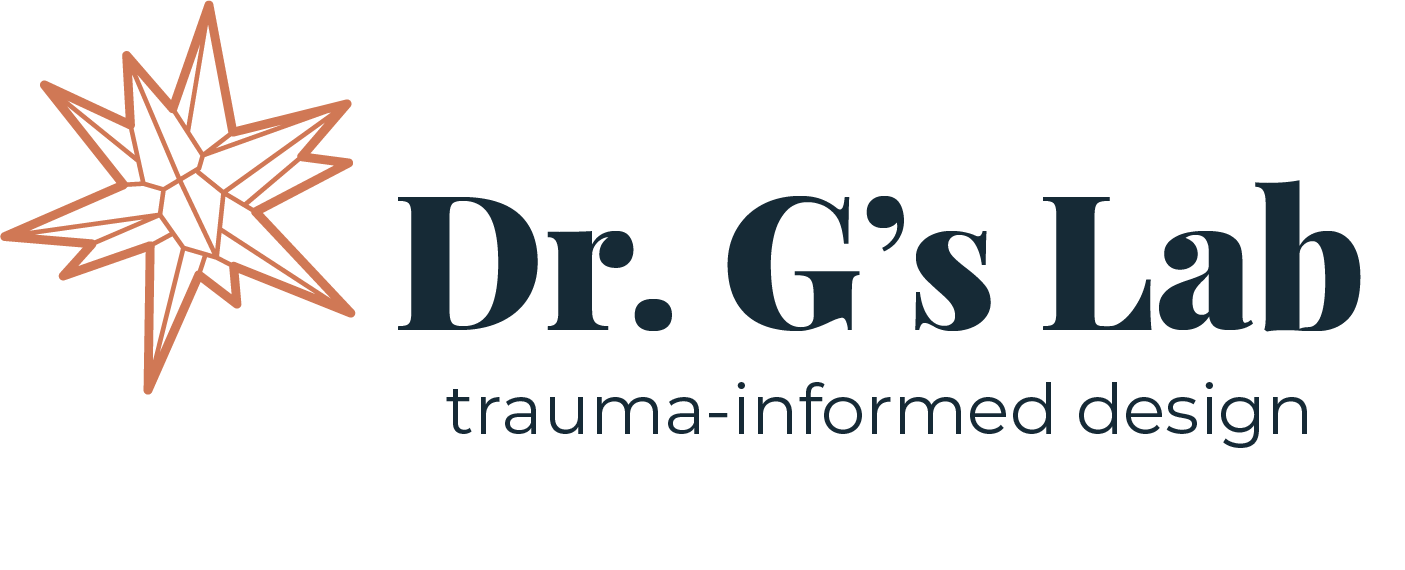The UX of Anxiety: Designing for Calm in a World of Triggers (Spooky Season Edition)
October is full of ghosts and jump-scares, but sometimes, our apps and websites feel just as spooky. Sudden pop-ups, flashing screens, and confusing forms, these moments can make users feel trapped or startled.
For people living with anxiety or trauma, these digital “scares” aren’t just frustrating; they can trigger real distress. But good design can do the opposite—it can create calm.
That’s what Trauma-Informed UX is all about: designing experiences that feel safe, predictable, and empowering.
What Is Trauma-Informed UX?
Trauma-Informed Design (TID) recognizes that many users carry invisible experiences of stress or trauma. We’re not here to diagnose. But we are responsible for shaping experiences that don’t make things worse.
In UX, this means asking: “How can I design this so users feel safe, informed, and in control?”
When digital experiences are predictable, transparent, and full of choice, users relax—and trust your product more.
Principle 1: Predictability & Control — The Anti-Jump-Scare
Jump-scares are great in horror movies, terrible in UX. When users click a button, they should know what happens next. Unpredictable designs spike anxiety and erode trust.
The Digital Fright: You open an app to check your schedule—and a loud, full-screen ad pops up. Your heart races. That’s a UX jump-scare.
The Calm Corner: A predictable app feels safe. Buttons behave as expected, transitions are smooth, and you always know where you are. Predictability is the digital version of leaving the lights on in a haunted house.
Try this:
Keep microinteractions subtle and consistent.
Offer “undo” or “back” options.
Use progress indicators so users know what’s coming next.
Predictability builds trust. Trust builds calm.
Principle 2: Transparency & Trust — No Hidden Doors
Haunted houses have hidden doors. Your interface shouldn’t. When users understand what’s happening and why, they feel secure enough to engage.
The Digital Fright: A website suddenly requests camera access; no explanation, just an “Allow” button. You hesitate, wondering what’s going on.
The Calm Corner: Now imagine it says: “We’d like to access your camera to scan your ID for verification. You can skip this if you prefer.”Clear, honest, and pressure-free.
Transparency means giving users informed consent. Explaining what’s happening before it happens.
Try this:
Use plain language for permissions and data use.
Tell users why information is needed.
Avoid dark patterns that trick or trap users.
In trauma-informed UX, trust is your most valuable design currency.
Principle 3: Choice & Customization — A Personal Sanctuary
Control over our environment helps us feel safe and design can offer that same grounding.
The Digital Fright: A meditation app blares intense background music the moment it opens. No volume control, no “off” button—just forced calm that feels anything but calming.
The Calm Corner: Now imagine the app starts with:
“Would you like to start with music or silence?”
“Adjust the brightness and volume to your comfort.”
That’s choice, the heart of a trauma-informed experience.
Try this:
Offer light/dark modes and sound controls.
Add content warnings for sensitive topics.
Let users opt out of notifications or autoplay.
Customization tells users, “You’re in charge.”For those managing anxiety, that message is powerful.
Your Mission, Young Designer
Empathy is a starting point, but trauma-informed UX turns empathy into action. It’s not just about feeling for users; it’s about designing systems that protect them.
As you scroll through spooky memes this season, remember: not all fear is fun. In a world full of digital jump-scares, your designs can be the calm corner; a safe, predictable space where people can breathe.
So here’s your call to action:
Design for safety.
Design for trust.
Design for choice.
Because the opposite of fear isn’t bravery. It’s calm.
And that’s the real magic of trauma-informed design.

